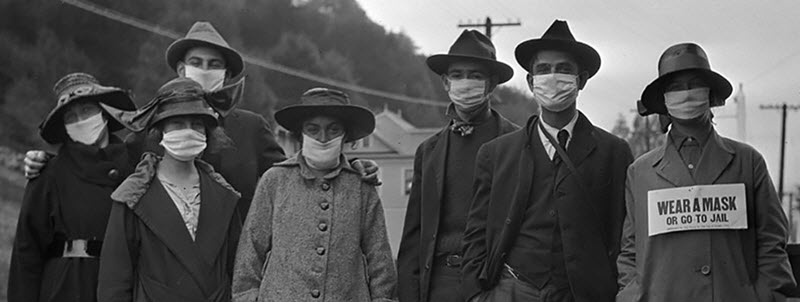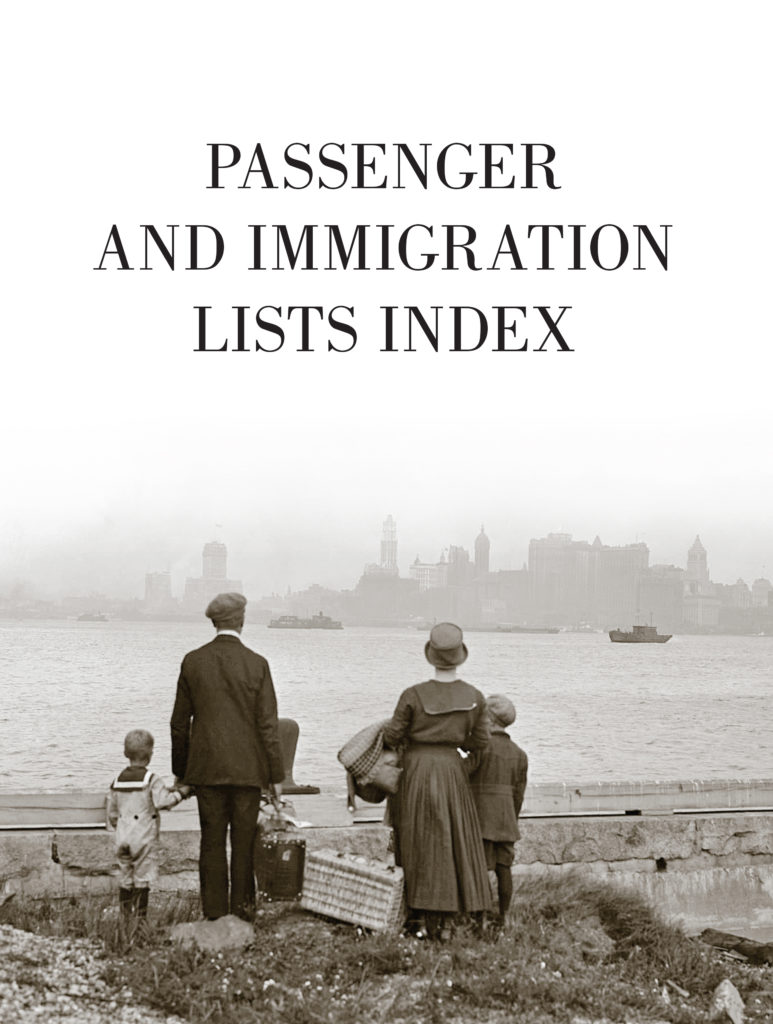| By Tara Atterberry |
Since the outbreak of the COVID-19 pandemic across the United States and around the world, we’ve been told to stay put. Shelter in place. Stay home. Stay safe. Save lives. For many people who aren’t essential employees, our homes have become our workplaces, schools, gyms, restaurants, and places of worship. My morning commute is now from my bedroom to my dining room/office. My daughters’ high school classes are taking place via Zoom on our basement couch. We huddle around my laptop on the kitchen table on Sunday mornings for online church service. We’re inconvenienced and antsy, but we are together, home, healthy, and safe.
For the millions of Americans who haven’t lost loved ones to COVID-19 or have not been economically devastated by this pandemic, we’ll never forget this time period. But we will also look back and realize how—while inconvenient, stressful, and not ideal—this time in our lives was manageable.
Compare this 2020 pandemic with the experience of newly planted immigrants to the United States during the 1918‒1919 Spanish flu pandemic. We’re experiencing the same type of worldwide health crisis that these new Americans did, but in most cases, in a place we already call home, with less uncertainty in our daily lives.
According to a 2010 public health report by Dr. Alan M. Kraut, published by the National Institutes of Health, more than 23 million people immigrated to the United States between the 1880s and 1920s.1 While immigration into New York City dropped from more than 1.2 million persons in 1914 to less than 120,000 in 1918, slowed dramatically by the destruction and upheaval of World War I, there were still millions of new immigrants living in the U.S. when the pandemic hit its shores in fall 1918.
While the Spanish flu spread worldwide and millions of people lost their lives, immigrants to America were navigating this health and economic crisis in a brand-new country, far from their homes and lifelong communities. Many most likely worried about their family and friends back home, without having the ability to communicate with those overseas easily and quickly—something we often take for granted today.
In addition, from a public health perspective, communicating health information to the masses in a timely manner often proved difficult, especially in crowded urban areas where different nationalities tended to congregate, each speaking their own language, with many not yet fluent in English. In short, millions of these new immigrants were not “home” during this pandemic, and they were likely unsure if they would stay safe and healthy. Yet the large majority lived through this time period and went on to lead productive lives.
The Passenger and Immigration Lists Index (GDL:PILI), available by subscription in electronic format on the Gale Directory Library, contains information on more than 85,000 persons who immigrated into North America between 1910 and 1920, the time frame associated with the rise and spread of the Spanish Flu across the United States. These persons came from 30 countries across Europe, Asia, and South America—and into North America through more than 30 ports.
GDL:PILI allows users to search more than 5 million persons from over 75 countries, who departed from more than 100 ports in Africa, Asia, Europe, South America, and the South Pacific, arriving to the area now known as North and South America. Entries include name of immigrant, age, date, port of arrival or place of first mention in the New World, names and ages of family members who immigrated together, immigrant country of origin and occupation, ship name, port, and date of departure. Users are also able to export pertinent entries for further review and research.
GDL:PILI is a must-have product for public, academic, and special libraries; research centers; or any organization that maintains historical or genealogical collections or serves a population interested in genealogy and family history research.
Maybe some of your ancestors came to America during the Spanish flu pandemic time frame. Let GDL:PILI be the place for you to begin your own genealogy search to find out >>
1. Kraut, Alan M. “Immigration, Ethnicity, and the Pandemic,” Public Health Reports, 2010.

Meet the Author
Tara Atterberry has been with Gale for 25 years and manages biography and genealogy content. She’s thrilled to be able to incorporate her genealogy hobby into her professional life. Lately, she has been navigating being home with her two daughters and three cats all the time—and would like to report that everyone in the house is still alive!


